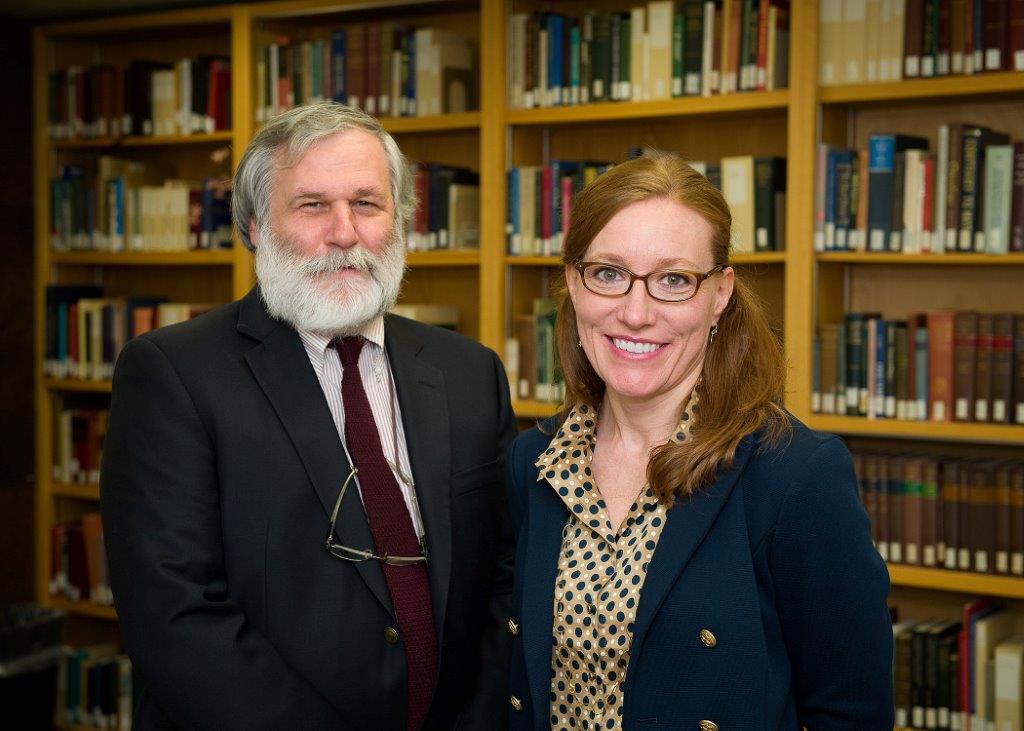The dangerous curve?
In 2004 the U.S. Preventative Services Task Force called for an end to scoliosis screening in American public schools but the practice endures, even though most other nations -- including Canada -- have ended their own screening programs.
 The history of scoliosis screening programs in 20th century America was examined in the 2013 Dr. Nigel Rusted Lectureship in Medical Humanities on Nov. 15.
The history of scoliosis screening programs in 20th century America was examined in the 2013 Dr. Nigel Rusted Lectureship in Medical Humanities on Nov. 15.
Dr. Beth Linker, University of Pennsylvania, said America’s fixation with scoliosis began over a century ago, when spinal curvatures became reconceptualized as indicators of deadly disease.
“The pharmacological revolution all-but-eradicated the diseases once associated with scoliosis,” she said. “Yet to this day, scoliosis is seen as a dangerous deformity, even though the exact nature of the health risk remains unclear.”
Dr. Linker, whose career started as a physical therapist, described how the practice of prescribing exercise for back curves was replaced beginning in the 1930s as the specialty of orthopedic surgery grew. New treatments included surgery and bracing and by the 1950s the practice of body casting was used for children as young as five.
“Intervention was usually done with the belief that the scoliosis would cause pain or heart and lung problems,” said Dr. Linder. “But some studies suggest there is no more pain or morbidity in those with scoliosis than those without; it’s a matter of self-esteem.”
Despite the 2004 call for an end to screening for scoliosis because the test was unreliable and led to false position, there are still 33 American states today that still mandate or recommend screening.
“Idiopathic scoliosis had become known as the ‘dangerous curve,’” said Dr. Linker. “It was believed that poor posture leads to poor health and technology such as posture wall charts were used to screen for scoliosis. The aesthetic message was that spinal curvature is bad.”
Dr. Linker said that scoliosis screening is deeply grounded in the past and the “dangerous curve” message stuck.
Dr. Linker’s research and teaching interests include the history of medicine and surgery, American health policy, and disability. Her first book, War’s Waste: Rehabilitation in World War I America (University of Chicago Press, 2011) explains how rehabilitative medicine emerged during the First World War as a national solution to the economic and human devastation wrought by modern warfare. A forthcoming book is Civil Disabilities: Citizenship, Theory, and the Body, co-edited with Nancy Hirschmann (Philadelphia: University of Pennsylvania Press).
Dr. Linker holds a PhD in medical history from Yale University and is an associate professor at the University of Pennsylvania in the Department of the History and Sociology of Science.